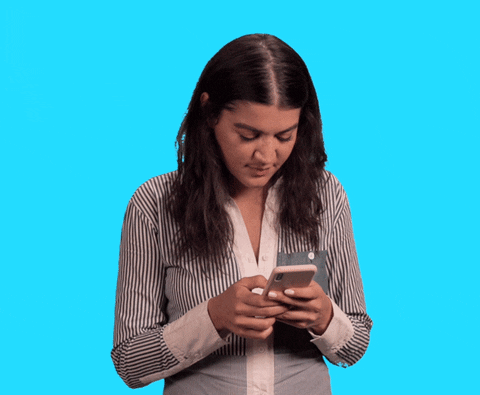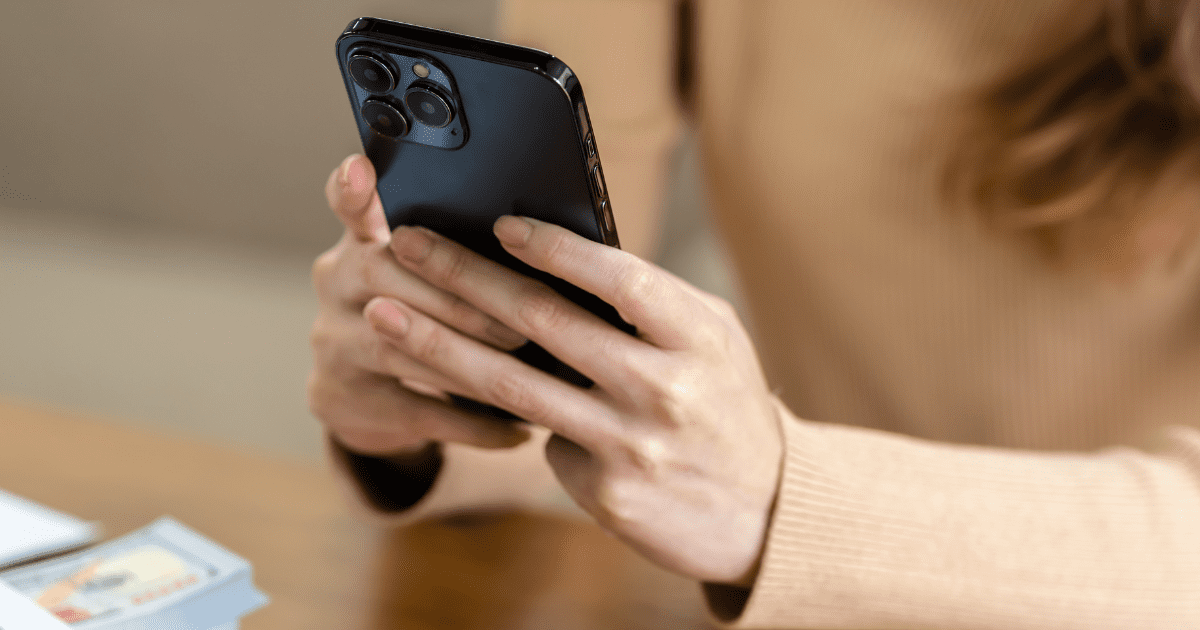
Get out a loose leaf sheet of paper and a pencil! It’s time to put your business texting knowledge to the test with this 10-question quiz. Today you’ll be tested on business texting best practices. Answer key and explanations provided at the end. No peeking!

1) Which of the following should your first message to a contact always include? Select all that apply.
a. A link to your calendar
b. Your name & company name
c. An open-ended question
d. Product/service pricing
2) What does TCPA stand for?
a. Telephone Consumer Protection Act
b. Telephone Call Provisions Act
c. Terrorizing Callers Peace Accord
d. Telemarketing Corrections Protection Act
3) Yes or No: Consumers prefer email first, texting second, and email third.

4) In what situation(s) is it better to use a short code number? Select all that apply.
a. When you want to have back and forth conversations
b. When you plan to only send marketing messages
c. When you want a dedicated number just for your business
d. When you want people to be able to call you directly
5) When are you required to provide an “opt-in” for people to receive text messages from you?
a. You must always provide an opt-in.
b. Only if they are a current customer.
c. Only if they are a lead or prospect.
d. You don’t ever need to provide an opt-in.
6) Why is it important to personalize texts to leads and customers?
a. People are more likely to buy from you when messages are personalized.
b. Personalized messages look less like spam.
c. It encourages more responses.
d. All of the above

7) Yes or No: Using emojis enhances the attractiveness of a text message to leads and customers.
8) What is the term for when a carrier (AT&T, Verizon, Sprint, etc.) prevents a message from being delivered?
a. Carrier block
b. Message suspension
c. Message delay
d. Carrier violation
9) Yes or No: Messages that use ALL CAPS help you get more responses.

10) What are 3 of the most common reasons why people don’t respond to texts from businesses?
a. The text promoted a sale or special offer.
b. You texted during normal business hours.
c. The message was long and confusing.
d. The message included a link.
e. The text was clearly personalized to the recipient.
f. The text looked like spam.
g. A photo or video was sent.
h. No question was asked.
So, feeling confident in your answers? Let’s see how you did!
Business texting best practices quiz answers

1) Which of the following should your first message to a contact always include? Select all that apply.
b. Your name & company name AND c. An open-ended question
Don’t make someone guess who you are and always make sure you keep the conversation going by asking a question. Preferably one that requires more than just a yes or no answer.
2) What does TCPA stand for?
a. Telephone Consumer Protection Act
The Telephone Consumer Protection Act was originally passed in 1991 to help protect consumers from automated telephone marketing calls. It has since expanded to include text messaging.
3) Yes or No: Consumers prefer email first, texting second, and phone calls third.
Consumers prefer texting over both email and phone calls.
4) In what situation(s) is it better to use a short code number? Select all that apply.
b. When you plan to only send marketing messages
It’s best to use short code when you only want to send marketing messages and aren’t interested in having two-way communication.
5) When are you required to provide an “opt-in” for people to receive text messages from your business?
a. You must always provide an opt-in.
No matter who they are, people must be given a way to consent to receiving messages from a business.
6) Why is it important to personalize texts to leads and customers?
a. People are more likely to buy from you when messages are personalized.
b. Personalized messages look less like spam.
c. It encourages more responses.
d. All of the above
Including someone’s first name is a great start for personalization, but there are many other ways to pull in personal information.
7) Yes or No: Using emojis enhances the attractiveness of a text message to leads and customers.
Emojis play a big role in attracting attention and they add extra emotional or contextual meaning.
8) What is the term for when a carrier (AT&T, Verizon, Sprint, etc.) prevents a message from being delivered?
d. Carrier violation
Carrier violations may occur for a number of reasons, though perhaps most often messages are prevented from being delivered because a carrier filter marked them as spam.
9) Yes or No: Messages that use ALL CAPS help you get more responses.
Using ALL CAPS in messages often appears harsh and can actually discourage responses.
10) What are 3 of the most common reasons why people don’t respond to texts from businesses?
c. The message was long and confusing.
f. The text looked like spam.
h. No question was asked.
Text messages that read like spam, are long/confusing, or that don’t include questions tend to not get responses.
So, did you learn something?
We hope so! Check the Skipio blog every Tuesday for new content that helps you master business communication through texting. Whether you want to reach out to leads or customers, Skipio gives you everything you need to start and continue conversations that convert.




